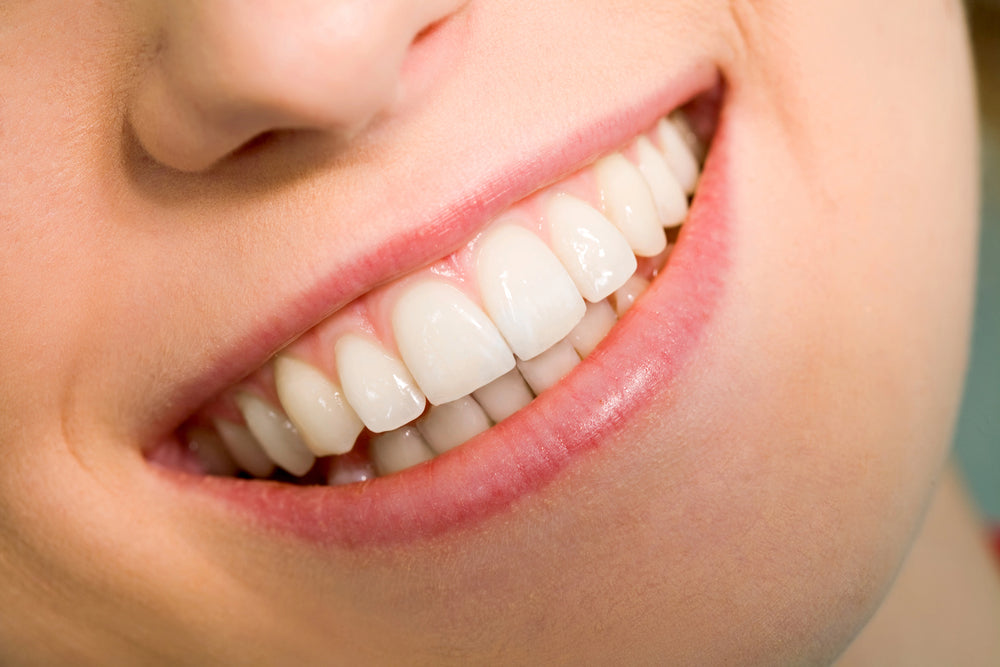
What are the lines on the front of my teeth
|
Time to read 4 min
|
Time to read 4 min
Craze lines are vertical lines that suddenly appear on your teeth. Teenagers may notice these lines on the front of their teeth. These lines, also known as tooth lines or tooth striations, can vary in appearance and may be indicative of underlying dental issues.
Some people frequently ask Why do my front teeth have lines? The lines on your front teeth could be due to tooth enamel wear, which can occur from tooth grinding, excessive brushing, or using a hard-bristled toothbrush.
Craze lines are superficial cracks that appear on the outer enamel layer of the teeth . They are typically harmless and don't require immediate dental intervention. They are generally considered cosmetic concerns rather than functional problems.
On the other hand, cracked teeth involve more significant damage to the tooth structure. Unlike craze lines, cracked teeth can cause persistent pain and sensitivity, especially when chewing. Cracks may spread beyond the enamel, which can lead to bacterial infection and require root canal treatment or tooth extraction .
Craze lines are tiny that of your teeth. Despite their appearance, these lines are considered a normal and common occurrence, and they do not necessarily indicate that your teeth are weak or prone to cracks. If you have any concerns or notice any changes in your dental health, it is always advisable to consult with a dental professional who can provide appropriate guidance and advice.
Discover More: What Causes Tooth Enamel Erosion And Damage?
The reasons for tooth fractures aren't always evident. The main causes are:
We already know that enamel, which is the outer portion of teeth, is among the strongest parts of our bodies. It works best to protect the dentin as well as the inner tissues of the teeth. It is just about taking special care to protect against the formation of craze lines, as cracked lines may be the result of any external force or pressure on enamel. So, do not pull anything from your teeth. Don't open steel containers from your mouth. If you're a player, then you should wear a mouthguard when playing.
Don't gnash your nails away from your teeth. Make sure to brush your teeth every day using fluoride-free toothpaste to prevent these crazed lines.
Effective bad breath remedies include:
Gentle and regular scraping of the tongue
Regular oral care practices such as daily brushing and flossing
Professional deep cleanings and plaque removal
The ongoing use of oral probiotics.
One, the probiotics compete with the existing bad bacteria and reduce their presence by “crowding them out”
Two, the probiotics produce BLIS or “bacteriocin-like-inhibitory-substances” which is a technical way of stating that one probiotic strain (bacteria) can produce a substance that inhibits or kills off other bacteria. Three, by working to control gingivitis, gum disease and tooth decay these probiotics reduce the very sources of bacteria-generated odors in the mouth.
Studies have shown a clear reduction in plaque levels and gingivitis symptoms when oral probiotics were administered to patients with moderate to severe gingivitis.


